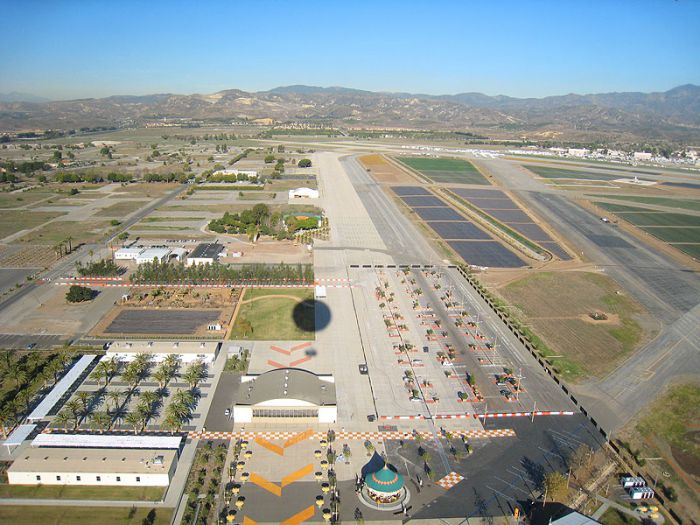2013 Solar Decathlon Kicks Off Thursday
 Collegiate teams from around the world are preparing to give tours of sustainable solar-powered homes they have spent the last two years designing and building.
Collegiate teams from around the world are preparing to give tours of sustainable solar-powered homes they have spent the last two years designing and building.
The Solar Decathlon, a biannual collegiate competition sponsored by the US Department of Energy since 2002, moved from the National Mall in Washington, D.C. to the Orange County Great Park in Irvine, Calif. for the first time this year.
The event, which features 20 sustainable solar homes, is expected to draw substantial crowds.
All of the homes featured at the event are net-zero energy consumption – a feat achieved in a variety of different ways. Most impressive is that they are affordable. A new criteria of the competition, introduced in 2011, is that none of the homes can cost more than $250,000 to build.
Most of the teams competing in the Decathlon designed their homes with a specific audience in mind.
Shade, the solar home built by students at Arizona State University and the University of New Mexico (team ASUNM), is designed with active seniors in mind. The home features a large open space that can be transformed into three different rooms, including a kitchen, living space or bedroom. It opens to an expansive shaded deck topped with monocrystalline solar panels.
“The PV canopy increases the efficiency of the solar array because it allows airflow under the panels,” said Helene Beauchamp, measured contest captain, in the team’s promotional video.
Solar panels are typically angled in accordance to the building’s latitude. But the ASUNM team gave its panels a shallower angle to optimize energy production during the hot Arizona summer, when the home will consume the most energy.
“Our home is really the model home for sustainability in a desert environment,” said Alia Taqi, ASUNM media relations manager.
Team Czech Republic also designed its entry with older adults in mind. So-called empty-nesters are a growing part of the population in the Czech Republic, as well as the rest of the world, the teams spokesman said.
The team’s Air House is built as a house within a house, wrapping the home in a second wooden skin for added insulation and a unique second living space.
Team Kentuckiana’s Phoenix House was designed as a modular disaster relief house that can be quickly assembled to house disaster victims, like those who have recently been rendered homeless after Midwestern tornadoes.
The Phoenix House is one of the larger homes in the Solar Decathlon. With two bedrooms and a sofa bed, it’s equipped to sleep six people after a disaster. The home’s 7.8-kilowatt solar array provides all of the energy it will need.
All of the teams have focused on efficiency this year, incorporating thick walls, innovative insulation, natural and passive heating and cooling techniques paired with highly-efficient HVAC systems that often use radiant hot and cold water piping rather than forced air.
Several teams will also incorporate electric vehicles into their demonstrations, according to a release from the DOE.
The Solar Decathlon homes will be open to the public from 11 a.m. to 7 p.m. Thursday through Sunday this week and again on Oct. 10-13.




